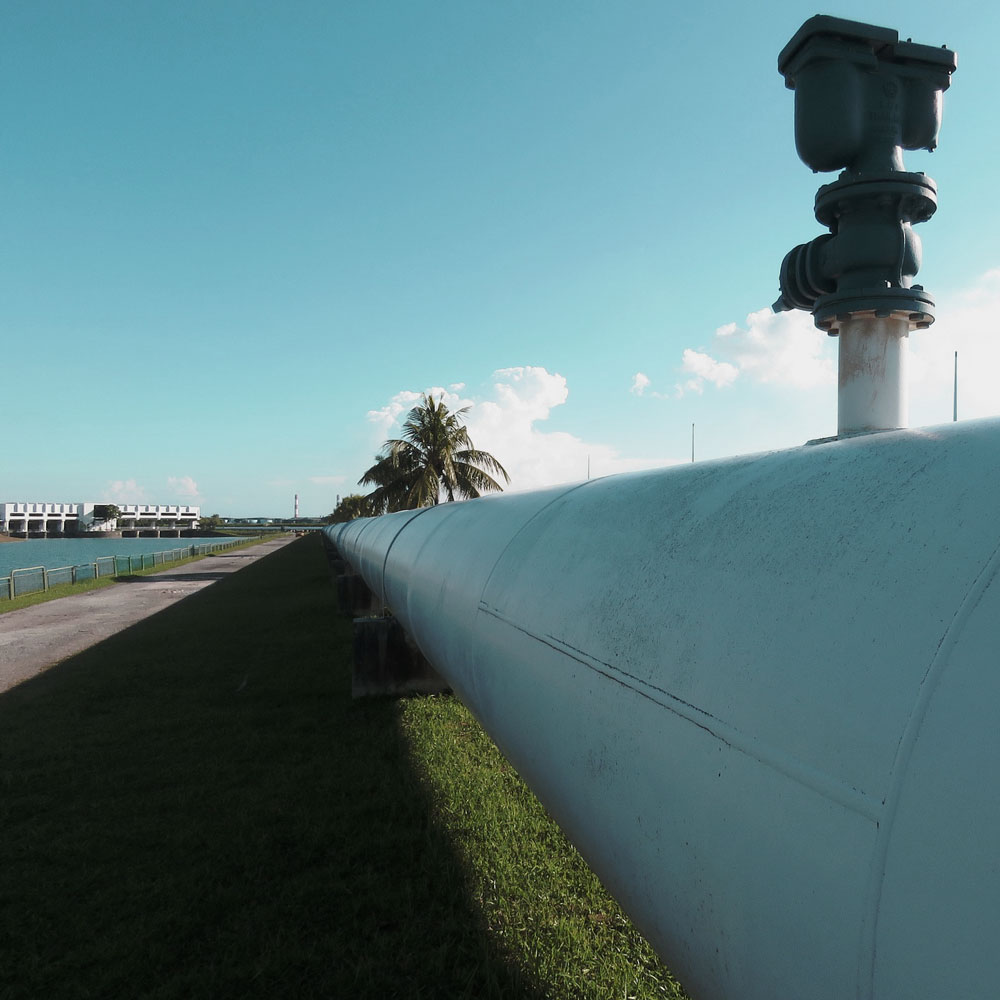Comprehensive Energy Data Intelligence
Information About Energy Companies, Their Assets, Market Deals, Industry Documents and More...
2018. Expanding Beyond Lower 48: Mexico and Canada Are Markets That the Industry Keeps Pursuing
12/24/2018
A robust production growth of this year, which mainly concentrated in Permian, kept even more producers seeking additional takeaway options. Today we recall some of the major export-bound midstream projects of 2018: completed, announced or still being constructed at the moment. We also highlight the leading companies that make exports happen.
How Important Is Mexico as a Destination for Permian and Delaware Natural Gas?
In 2018 ONEOK and Energy Transfer have significantly added design capacity to their three major Mexican export pipelines:
- Roadrunner,
- Comanche Trail,
- and Trans-Pecos.
Additional 3.1 Bcfd of capacity should both help U.S. producers route the excessive by-product gas from Permian and Delaware and to meet the expected demand growth in the Mexican market.
Currently, though, despite the fact that Mexico has room for U.S. gas (does not really develop its extraction leaning in favor of crude oil business), the demand remains weak. The actual flows through the above lines are still limited to 0.3 Bcfd. Experts give various reasons for that while the overall picture of the Mexican market is not transparent enough. It may be infrastructure capacity technical constraints. Additionally, industry red tape and growing political resistance from the side of the newly elected leftist Mexican president Andrés Manuel López Obrador may be other reasons for the halted exports growth.
Meanwhile, U.S. producers still need to handle the excessive by-product gas issue. If not Mexico, the destination for the natural gas can be petrochemical facilities of the Texas Gulf Coast area. That option will emerge once these two following projects both stretching from Waha to Agua Dulce are completed:
- Gulf Coast Express (GCX) - 1.98 Bcfd - scheduled to enter service in late 2019
- Whistler Pipeline - 2 Bcfd - to be in-service by 4Q of 2020.
The former project has been advanced by Kinder Morgan Inc., DCP Midstream LP and Targa Resources Corp. The latter has NextEra Energy Pipeline Holdings LLC, WhiteWater Midstream LLC, and Marathon Petroleum’s MPLX LP collaborating on it.
Will Mexican market embrace the U.S. natural gas remains to be seen. Capacity to transport it will still be ultimately built.
Canadian natural Gas: Westward-Bound. How Will Canada LNG (Kitmat) Project Affect U.S. Natural Gas Market
Another long-term game-changer for the U.S. market may be the 1.8 Bcfd Kitmat (LNG Canada) project. It aims at both delivering West Canadian natural gas to the coast and starting the first Canadian LNG exports facility. The first phase consists of 420 mile Coastal GasLink pipeline construction. It should come into service by 2023. The second phase includes the gas liquefaction and storage plant with two liquefaction trains to be built.
In the long run experts believe Kitmat exports will primarily help Canadian producers escape the U.S. market with its low gas prices and improve its margins significantly. The project is thought to create no risks for the U..S. market itself. In fact the opposite can happen. Marcellus and Utica natural gas may find its way to Asia via the newly constructed Canadian West Coast facility.
If you are looking for more information about energy companies, their assets, and energy deals, please, contact our sales office mapping@hartenergy.com, Tel. 619-349-4970 or SCHEDULE A DEMO to learn how Rextag can help you leverage energy data for your business.
Look At The Future Of American And Appalachian Gas Production
![$data['article']['post_image_alt']](https://images2.rextag.com/public/blog/Look-At-The-Future-Of-American-And-Appalachian-Gas-Production.png)
The crux of the matter is rather simple: productivity gains of local energy operators have been stable not only because they are drilling better acreage, but also because players finally realized capital efficiency gains. And even if some new obstacles impede Appalachia's growth at the same rate as the Permian or Haynesville, it does not detract from the value of the Marcellus and Utica basins. The Appalachians will still be the top producers at a very competitive pace as long as commercial inventory exists. After all, as long as there is commercial inventory, somebody will have to drill.
Russia vs. U.S. as global LNG Exporters
![$data['article']['post_image_alt']](https://rextag.com/images/public/blog/pumpjack.jpg)
Russia and U.S. Both Plan Aggressive LNG Export Capacity Growth By 2021. Read more how they compete.
![$data['article']['post_image_alt']](https://images2.rextag.com/public/blog/328_Blog_Why Are Oil Giants Backing Away from Green Energy Exxon Mobil, BP, Shell and more .jpg)
As world leaders gather at the COP29 climate summit, a surprising trend is emerging: some of the biggest oil companies are scaling back their renewable energy efforts. Why? The answer is simple—profits. Fossil fuels deliver higher returns than renewables, reshaping priorities across the energy industry.
![$data['article']['post_image_alt']](https://images2.rextag.com/public/blog/327_Blog_Oil Market Outlook A Year of Growth but Slower Than Before.jpg)
The global oil market is full of potential but also fraught with challenges. Demand and production are climbing to impressive levels, yet prices remain surprisingly low. What’s driving these mixed signals, and what role does the U.S. play?
![$data['article']['post_image_alt']](https://images2.rextag.com/public/blog/326_Blog_USA Estimated Annual Rail CO2 Emissions 2035.jpg)
Shell overturned a landmark court order demanding it cut emissions by nearly half. Is this a victory for Big Oil or just a delay in the climate accountability movement?